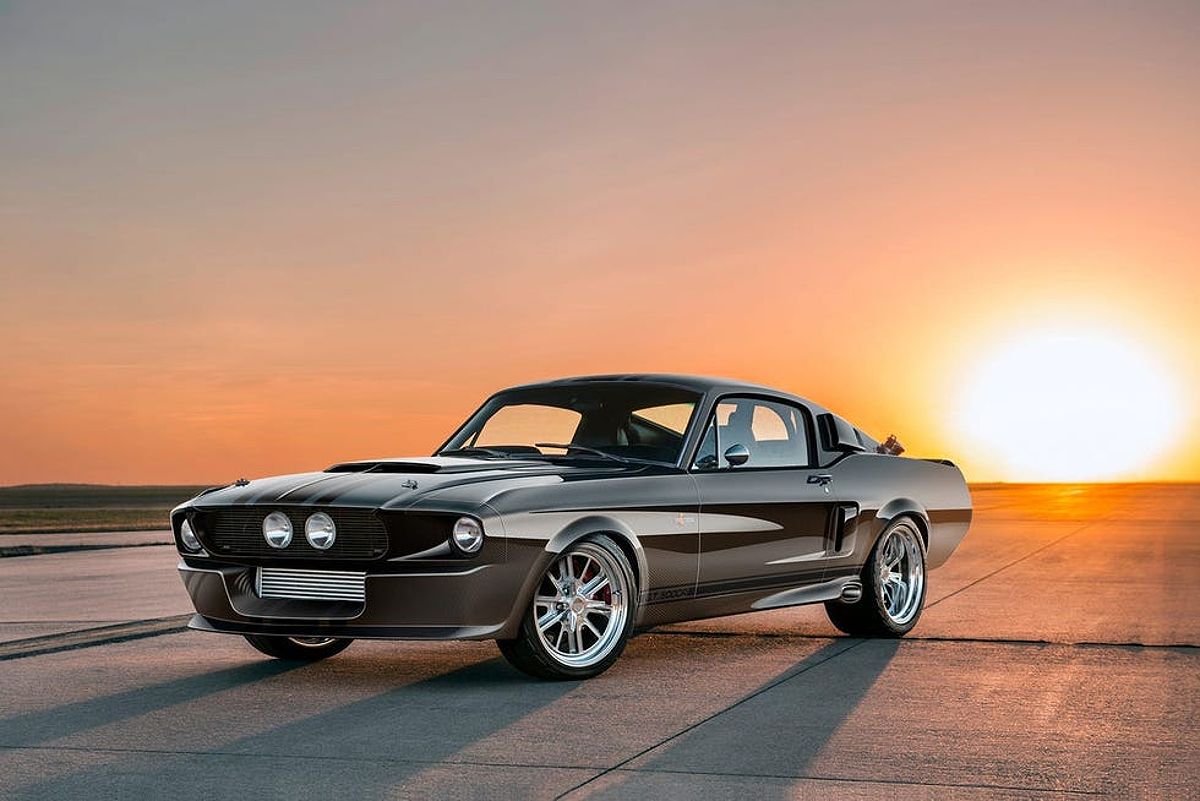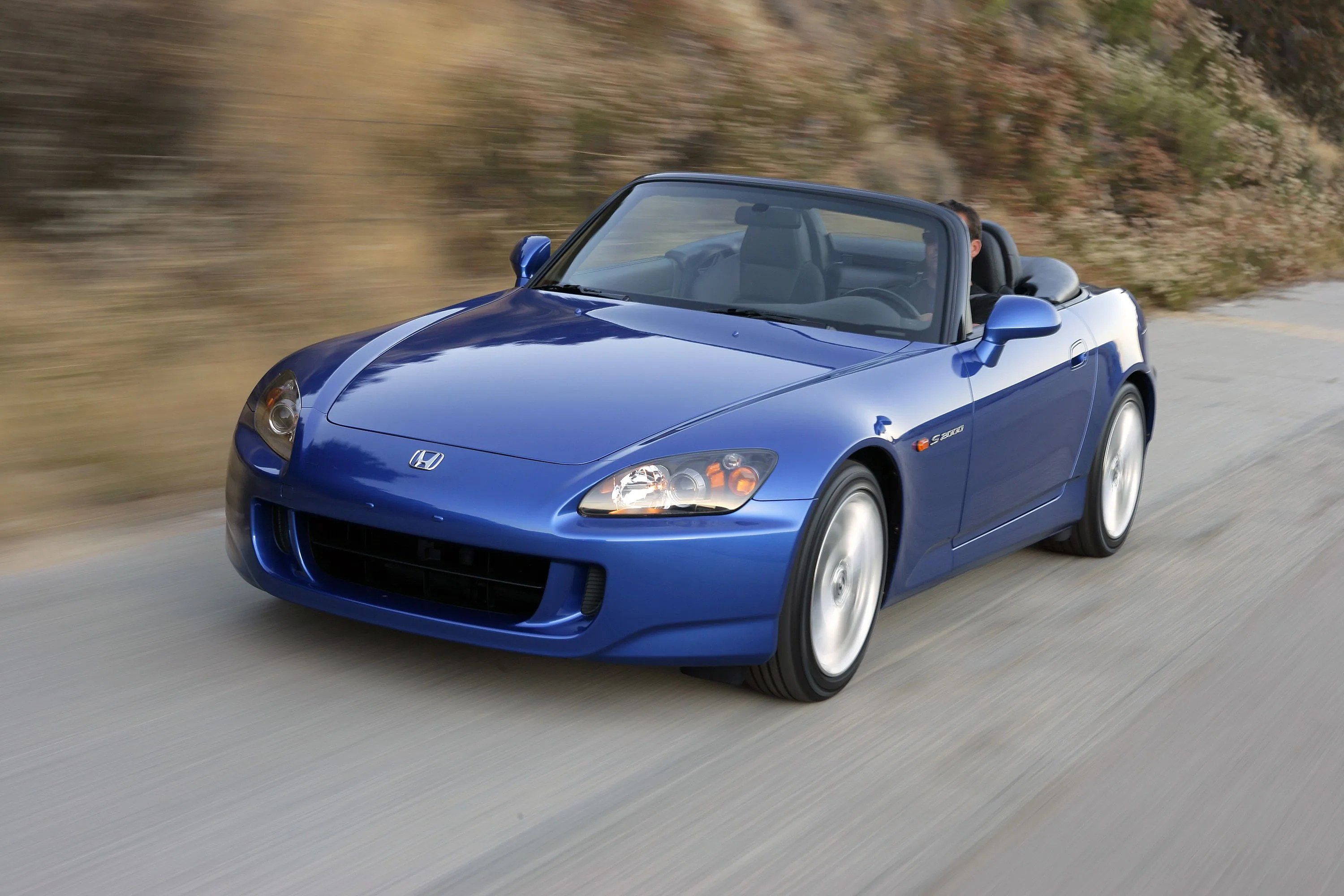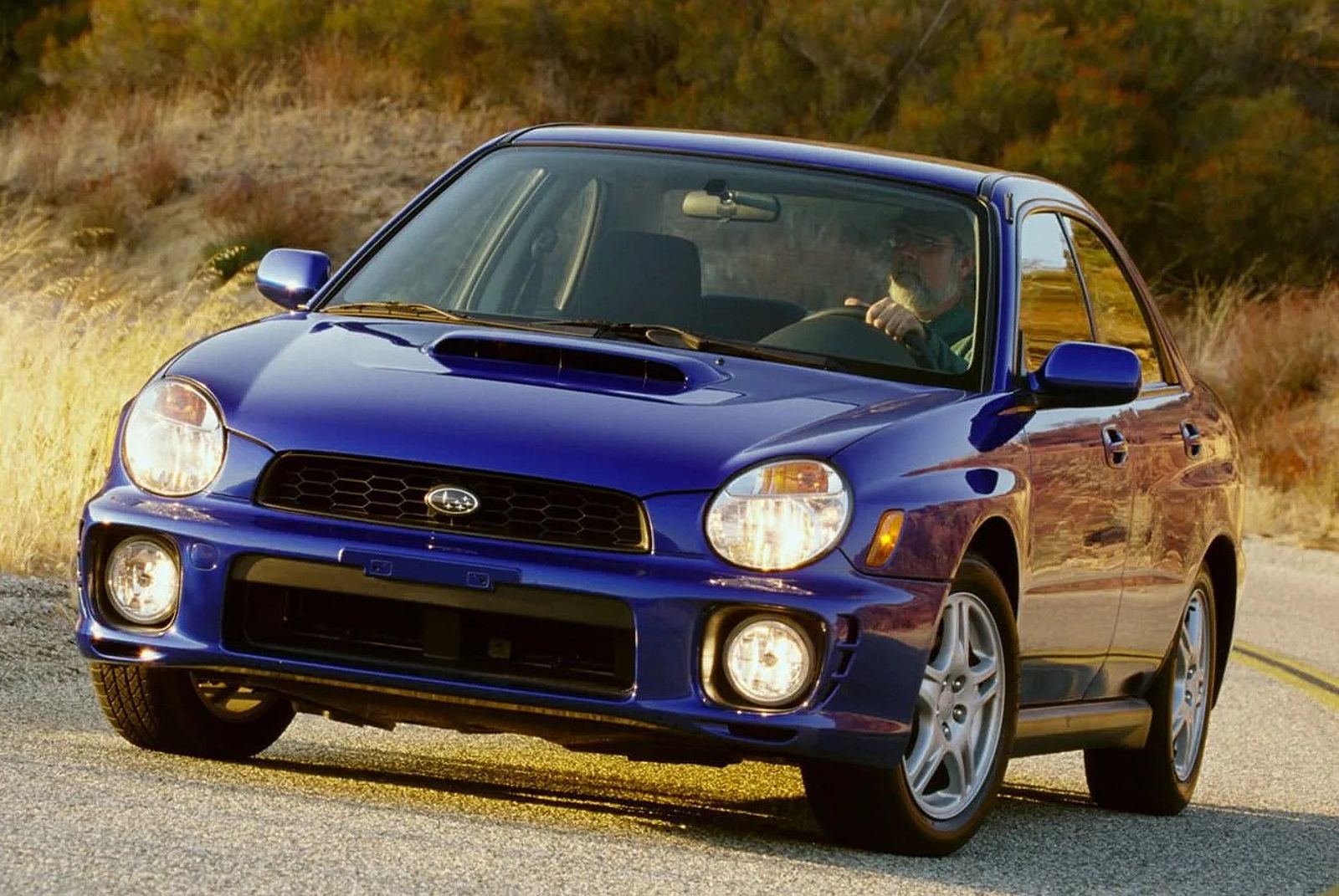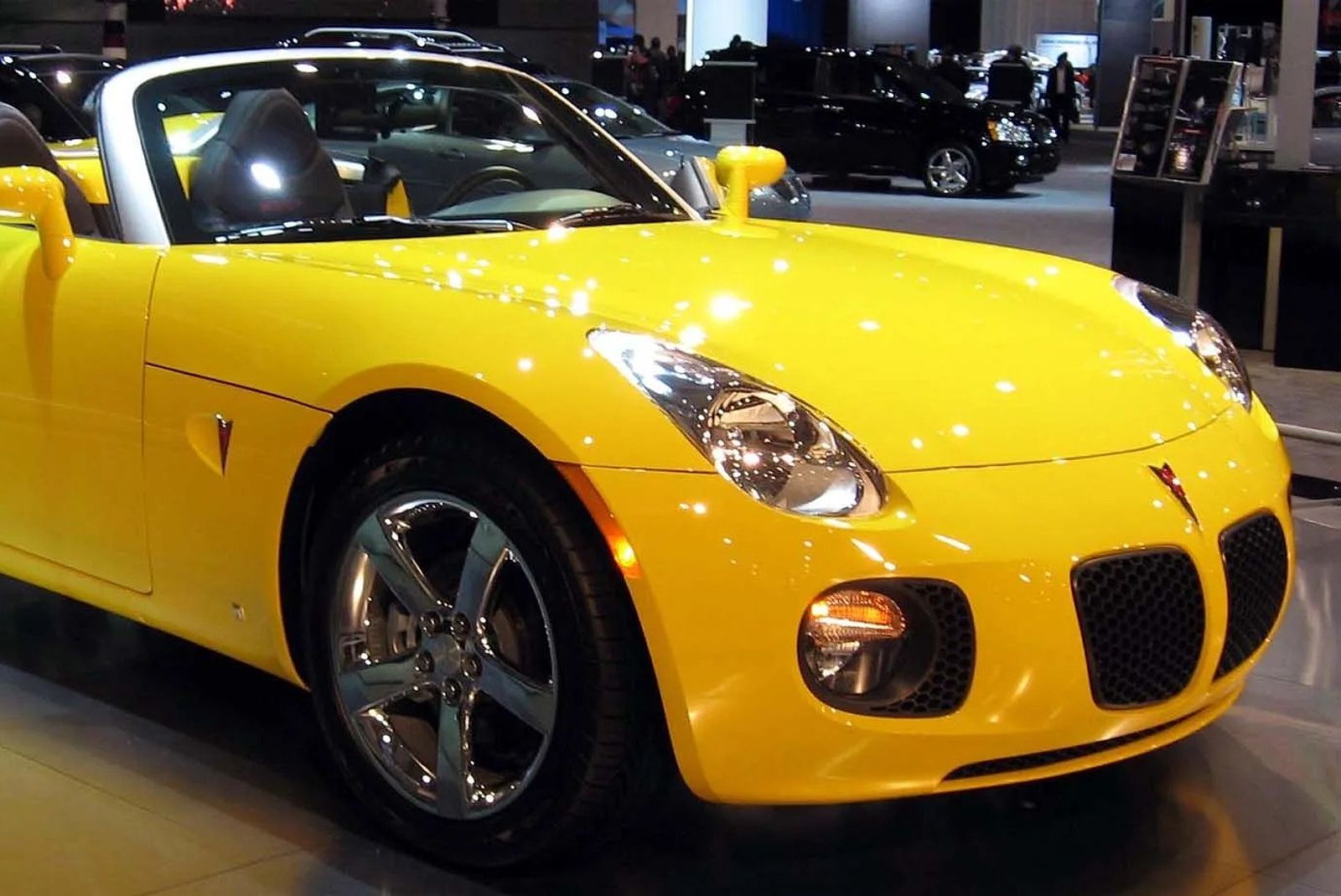Finding the perfect cars that are cool isn’t always straightforward the market is flooded with options, and values fluctuate wildly. Counterintuitively, some 2000s models, like the Subaru Impreza WRX, are now showing strong appreciation potential, driven by a resurgence of nostalgia. This presents both opportunity and risk for potential buyers. Whether you’re a seasoned collector or a first-time buyer, understanding the landscape of very very cool cars can be both exciting and daunting.
Classic Cars: Timeless Style and Investment Potential
When you think of “cool cars in the world,” classic models often come to mind. These beauties not only turn heads but can also be incredibly smart investments, though with some caveats. The key factors that influence a classic car’s value include rarity, condition, historical significance, provenance, and current market trends.
Factors Affecting Classic Car Value
-
Rarity: The fewer the units produced, the higher the demand. For instance, the Bugatti Type 57, with only 710 units made between 1934 and 1940, is a classic example. Today, pristine models can fetch tens of millions at auction, making them a tantalizing prospect for collectors.
-
Condition: Restoration quality can significantly impact value. A well-preserved car will always attract more buyers than one in disrepair. It’s essential to assess the car’s condition thoroughly, including the body, engine, and interior.
-
Historical Significance: Cars with unique stories or connections to automotive history often appreciate more. The 1959 Cadillac, for instance, is not just a car; it’s a symbol of American automotive design and culture. Its place in history contributes to its desirability among collectors.
-
Provenance: A documented history showing ownership, maintenance, and any significant events in the car’s life can dramatically increase its value. A car with a traceable history from its original owner, particularly if it’s associated with a famous person or event, will command a higher price.
-
Market Trends: Keeping an eye on what’s hot in the collector scene can pay off. For example, the “Radwood effect” has boosted interest in 1990s cars, but classic models still hold their ground. Understanding current trends can help you make informed decisions about potential investments.
Case Studies of Iconic Classic Cars
-
Bugatti Type 57: As mentioned, this iconic car is a masterpiece of Art Deco automotive design and engineering. Its rarity and elegance have made it a coveted collector’s item, with pristine examples selling for well over $30 million at auction. The Type 57’s racing pedigree adds to its allure.
-
1959 Cadillac : This model not only represents a golden era of American cars but also has a unique charm that keeps collectors coming back for more. Depending on the model and condition, prices can range from a few tens of thousands to over $150,000. The tailfins and chrome detailing make it a standout piece in any collection.

-
Porsche 911: Another classic that never goes out of style is the Porsche 911. With its distinctive silhouette and rear-engine layout, the 911 has been a favorite among enthusiasts since its introduction in the 1960s. Certain early air-cooled models, like the 993 generation, have seen significant appreciation in recent years, with prices ranging from $50,000 to over $200,000.
When investing in classic “very very cool cars,” it’s essential to conduct thorough research and consider professional inspections. Engaging with reputable experts ensures you’re making a sound purchase that will hold its value for years to come. Additionally, having a network of fellow enthusiasts can provide valuable insights into potential buys.
Modern Reinterpretations of Classic Designs: Cars That Are Cool with a Twist
While classic cars have their undeniable charm, modern reinterpretations can be just as compelling. They blend the nostalgia of iconic designs with the performance and technology of today, attracting a new generation of car enthusiasts.
Examples of Modern Cars Inspired by Classics
Take the Shelby GT500CR , for instance. This beast of a car is a modern homage to the legendary Mustang Shelby, featuring a sleek carbon fiber body and a monstrous 810 horsepower engine. With a price tag of around $298,000, it’s a stunning mix of classic style and modern performance. However, buyers should be aware of the potential for significant depreciation, especially if a successor model is introduced. 
Another example is the new Ford Bronco, which takes inspiration from the classic off-roader while incorporating independent suspension, advanced safety features, and efficient turbocharged engines. The popularity of retro-styled SUVs like the Bronco highlights the enduring appeal of classic design cues combined with modern capabilities.
Pros and Cons of Investing in Modern vs- Classic Cars
Pros:
- Enhanced Performance and Technology: Modern classics often come equipped with the latest advancements in automotive technology, from improved handling to advanced safety features. This can lead to a more enjoyable driving experience.
- Unique Designs: Many modern cars draw inspiration from classic designs, creating a blend of nostalgia and contemporary flair. The aesthetics of these vehicles can be a significant draw for buyers.
- Potential for Appreciation: Limited production runs can lead to increased demand over time, especially for models that resonate with collectors.
Cons:
- Hefty Price Tags: High-performance modern classics can come with a significant price tag, making them less accessible for some buyers.
- Limited Availability: Sourcing parts for modern classics can sometimes be challenging, especially for limited-edition models.
- Depreciation: Even limited-production modern reinterpretations can experience significant depreciation, especially if the manufacturer introduces a successor model or if technological advancements render the car’s features less desirable.
Cool Cars of the 2000s and Beyond: Future Classics?
The 2000s have produced several standout vehicles that are now showing signs of becoming future classics. This era is particularly exciting due to the increasing nostalgia for cars from this time, especially among millennials who grew up with these models.
The Radwood Effect and Its Implications
The “Radwood effect” has driven up prices for 1990s cars, but could the 2000s be next? Cars like the Subaru Impreza WRX and Pontiac Solstice GXP are already garnering attention from collectors. These vehicles not only evoke memories but also represent a unique period in automotive history. 
-
Subaru Impreza WRX: Launched in 2002, this rally-inspired compact packs a punch with 227 horsepower and all-wheel drive. Its distinctive styling and driving dynamics make it a dream for enthusiasts. Current market values are on the rise as more collectors recognize its potential as a future classic, with examples selling for $20,000 to $40,000 or more.
-
Pontiac Solstice GXP : Produced from 2007 to 2009, this lightweight sports car is turbocharged and offers a thrilling 260 horsepower. Despite Pontiac’s unfortunate demise, the Solstice GXP remains a compelling prospect for collectors. Its unique design and engaging driving experience make it a noteworthy addition to any collection, with prices ranging from $20,000 to $40,000.

Current Market Values and Future Appreciation Potential
As we move further into the 2020s, savvy buyers should keep an eye on the 2000s models. With the right conditions, these cars could appreciate significantly in the coming years. The nostalgia factor plays a crucial role, as younger collectors seek to relive their childhood memories through these vehicles.
The rise of the Japanese Domestic Market (JDM) car scene has also contributed to the growing interest in 2000s models, with vehicles like the Nissan Skyline GT-R R34 and Toyota Supra MKIV commanding high prices on the secondary market.
What Makes a Car Cool? Design, Performance, and More
The concept of what makes a car “cool” is subjective, but several key aspects contribute to its desirability. Understanding these elements can help you identify which “very very cool cars” resonate most with you.
The Role of Design and Aesthetics
A car’s design is often the first thing that captures attention. From the sculpted lines of the Audi TT to the muscular stance of the Chevrolet Camaro , aesthetics play a significant role in a car’s appeal. Nostalgia can also enhance desirability, as seen in the retro styling of the fifth-generation Ford Mustang. The blend of classic and contemporary design elements can create a timeless look that attracts buyers.
Performance and Driving Experience
While looks are important, performance is equally crucial. The Honda S2000 , known for its high-revving engine and sharp handling, has earned a special place in the hearts of driving enthusiasts. Conversely, the Dodge Viper appeals to those who crave raw power and an unfiltered driving experience, the roar of its engine and the satisfying feel of its steering wheel. The exhilaration of driving a well-engineered machine can elevate a car’s status from cool to legendary.
Cultural and Emotional Connections
Cars often evoke strong emotions and memories. Whether it’s the thrill of your first ride or the dream of owning a classic, these connections can significantly enhance a car’s “cool” factor. Cars are more than just machines; they often represent freedom, adventure, and personal expression.
Finding and Buying Your Dream Cool Car: A Practical Guide
Ready to dive into the world of “cars that are cool”? Here’s a practical guide to help you navigate the buying process and make informed decisions.
Pre-Purchase Inspection
Start by checking vehicle history reports using services like Carfax and AutoCheck. Understanding the market value through resources like Kelley Blue Book and Hagerty can help you negotiate a fair price. Researching online forums and enthusiast groups can also provide valuable insights into specific models and their quirks. Engaging a trusted mechanic to conduct a thorough pre-purchase inspection is crucial, especially for classic cars that may have hidden issues.
Negotiating a Fair Price
Once you’ve found your dream car, familiarize yourself with current market conditions. Don’t hesitate to negotiate a fair price based on the vehicle’s condition and history. It’s essential to know what you’re getting into, especially with classic cars that may have unique maintenance requirements.
Securing Insurance
Owning a classic or modern “very very cool car” comes with unique challenges. Securing appropriate insurance coverage is crucial, as classic cars often require specialized policies. Additionally, consider ongoing maintenance costs, as parts availability and labor expenses can add up. It’s wise to budget for these costs to ensure long-term enjoyment of your prized possession.
Conclusion
Finding the perfect “cool car” is a blend of objective research and subjective preference. By understanding the factors that contribute to a car’s desirability—from its historical significance and design to its performance and investment potential—you can make an informed decision. Remember to prioritize thorough research, due diligence, and a realistic budget to ensure a rewarding ownership experience. Start your search today and discover the “very very cool cars” that await! With the right approach, you’ll not only find a vehicle that suits your style but also one that could prove to be a wise investment for the future. Happy hunting!
